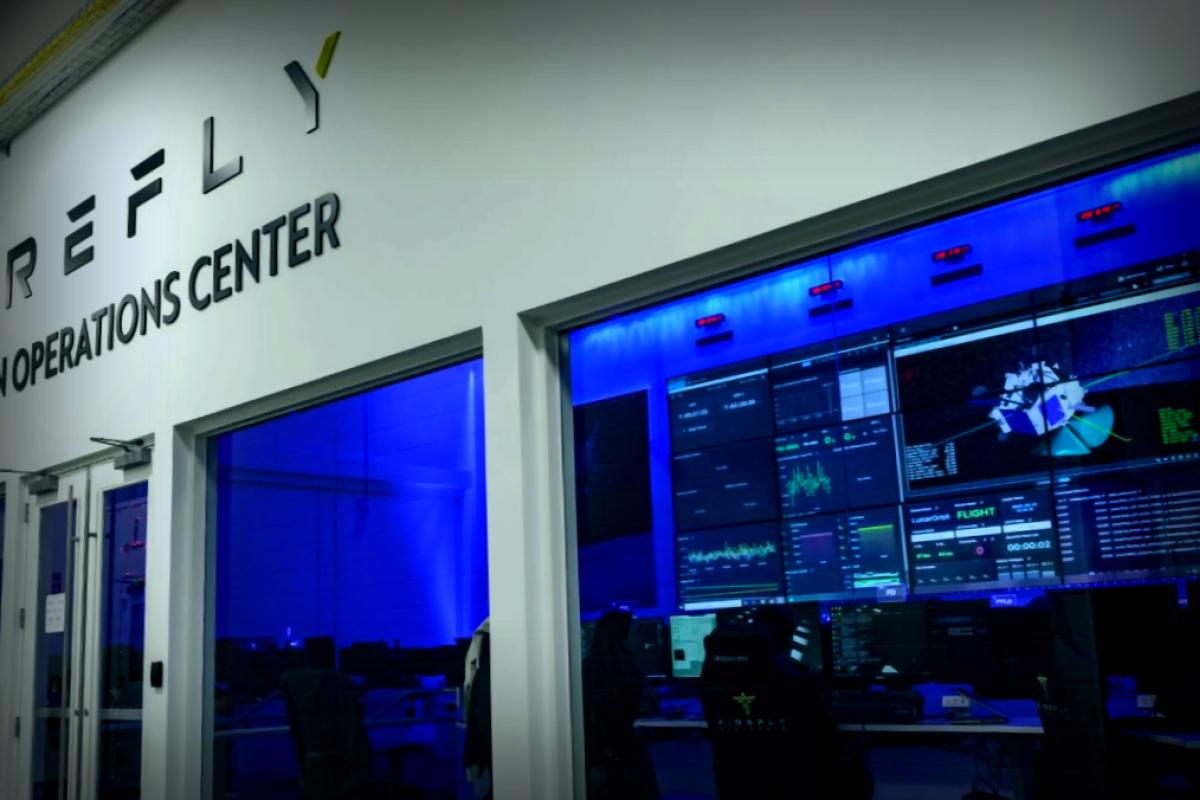NASA has just given Firefly Aerospace a huge contract, worth $176.7 million, to send two rovers and three scientific instruments to the moon’s south pole.
The mission, slated for a landing in 2029, marks a significant milestone as it will be NASA’s first effort under the Commercial Lunar Payload Services (CLPS) initiative to deliver multiple rovers and scientific tools in a single mission. The rovers will investigate some of the moon’s toughest conditions to look for usable resources that could support future lunar explorations, including potential crewed missions.
This contract is the fifth issued by NASA through the CLPS program to Firefly and their fourth lunar mission in total. Essentially, CLPS is NASA’s way of working with U.S. commercial companies to get robotic services to the lunar surface more frequently and cost-effectively.
As part of NASA’s broader Artemis program, CLPS aims to establish a lasting human presence on the moon, allowing scientists to perform in-depth studies of the lunar environment that future astronauts will encounter.
Joel Kearns, who is deputy associate administrator for exploration at NASA, commented that, “With CLPS, NASA is stepping into a new chapter of lunar exploration where commercial companies will lead the charge,” as stated here.
Under this new task order, Firefly will provide comprehensive services to facilitate the rovers’ landing on the moon between July 29, 2025, and March 29, 2030.
Earlier this year, Firefly achieved success with its first lunar landing mission, delivering ten payloads to the mind-boggling surface of the moon’s near side. The company’s upcoming lunar venture is set for 2026, where it will attempt a landing on the moon’s far side deploying a lunar orbiter. Another mission is already on deck for 2028, which will take a close look at the Gruithuisen Domes volcanic terrain.
This recent task order brings in contributions from the Canadian Space Agency (CSA) and the University of Bern in Switzerland, creating a science package aimed at analyzing the south pole’s geology and environmental resources through mobile exploration, advanced imaging, and regolith study. Here’s a quick glance at the scientific tools of the mission:
- MoonRanger — A microrover from NASA’s Ames Research Center, developed in conjunction with Carnegie Mellon University and Astrobotic, designed to map hydrogen-rich volatiles and study regolith with its Neutron Spectrometer System.
- Stereo Plume Cameras — This high-tech imaging system will capture how rocket exhaust interacts with the lunar surface during descent and is developed by NASA’s Langley Research Center.
- Laser Retroreflector Array — These passive markers will assist in precision laser measurement from orbit, conceptualized by NASA’s Goddard Space Flight Center.
- CSA rover — This rover will investigate shadowed craters, measure radiation levels, and try to find water ice, while equipped with various imaging devices and spectrometers.
- Laser Ionization Mass Spectrometer — Designed to analyze regolith chemistry with a robotic arm crafted by Firefly, alongside the University of Bern.
The south pole of the moon is particularly interesting as it houses permanently shadowed craters believed to hold massive reserves of water ice — a vital resource that could be converted into drinking water or rocket fuel. NASA aims to leverage the information gathered from these rovers to identify optimal landing spots for future citizens of Artemis.
Furthermore, this mission will keep an eye on risks like radiation and surface erosion. Adam Schlesinger, CLPS manager at Johnson Space Center, noted, “As NASA progresses in its quest to explore the moon with both humans and robots, ClPS missions provisions to the south pole will enhance our comprehension of the exploration environment, speeding up efforts to set up a long-term human footing on the moon and possibly preparing for future Mars missions.”



















